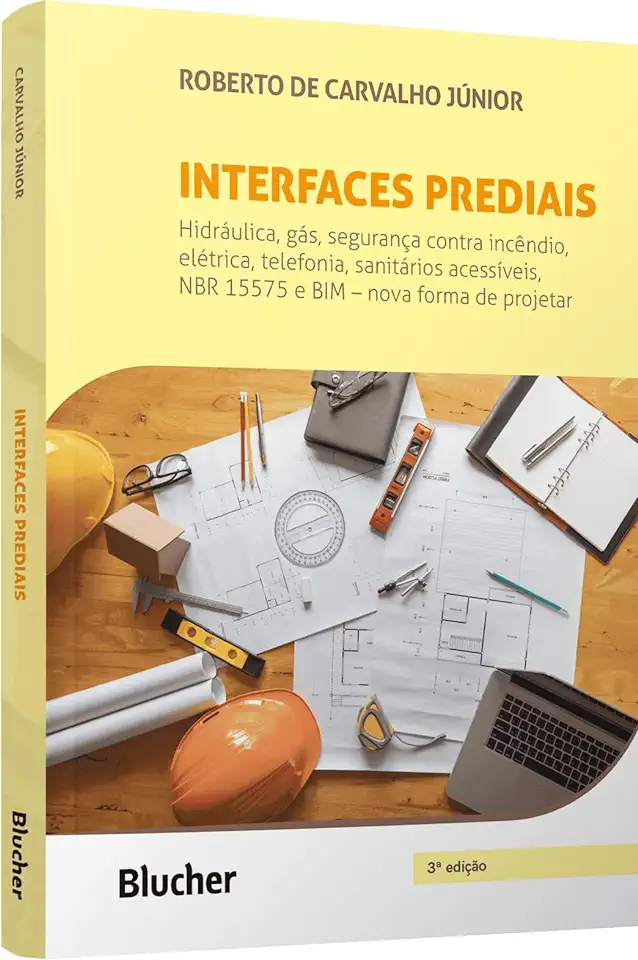
Building Interfaces - Junior, Roberto de Carvalho
Building Interfaces: A Comprehensive Guide to Designing User-Friendly Interfaces
In today's digital age, where technology permeates every aspect of our lives, the importance of user-friendly interfaces cannot be overstated. A well-designed interface can make or break a product, determining whether users embrace it or abandon it. In his book "Building Interfaces", Roberto de Carvalho provides a comprehensive guide to creating intuitive and user-friendly interfaces that enhance the overall user experience.
Understanding the User: The Foundation of Interface Design
Carvalho begins by emphasizing the significance of understanding the user. He stresses that designers must delve into the user's needs, preferences, and behaviors to create interfaces that resonate with their target audience. This user-centric approach ensures that the interface aligns seamlessly with the user's mental models and expectations.
Design Principles for Effective Interfaces
Carvalho outlines a set of fundamental design principles that serve as the cornerstone of effective interface design. These principles include:
Simplicity: Interfaces should be uncluttered and straightforward, avoiding unnecessary complexity that can overwhelm users.
Consistency: Maintaining consistency in design elements, such as layout, typography, and icons, enhances usability and creates a cohesive user experience.
Affordance: Elements should visually communicate their functionality, allowing users to intuitively understand how to interact with them.
Feedback: Providing appropriate feedback to user actions reinforces their understanding of the system's response and instills confidence in their interactions.
Interaction Design: Creating Seamless User Experiences
Carvalho delves into the realm of interaction design, exploring techniques to create intuitive and engaging interfaces. He discusses topics such as:
User flows: Mapping out user journeys helps designers anticipate user needs and design interfaces that facilitate smooth navigation.
Prototyping: Creating prototypes enables designers to test interface concepts and gather user feedback early in the design process, leading to more refined and user-centered designs.
Responsive design: Ensuring that interfaces adapt seamlessly to different devices and screen sizes is crucial in today's multi-device landscape.
Visual Design: Enhancing Aesthetics and Usability
Carvalho highlights the importance of visual design in creating interfaces that are not only functional but also aesthetically pleasing. He covers topics such as:
Color theory: Understanding how colors evoke emotions and influence user behavior can help designers create visually appealing and effective interfaces.
Typography: Choosing appropriate fonts and typography can enhance readability and contribute to the overall visual appeal of the interface.
Layout and composition: Effective layout and composition principles ensure that interfaces are visually balanced, organized, and easy to navigate.
Accessibility and Internationalization: Designing for Inclusivity
Carvalho emphasizes the significance of accessibility and internationalization in interface design. He discusses:
Accessibility: Creating interfaces that are accessible to users with disabilities, such as visual impairments or motor disabilities, ensures inclusivity and broadens the product's reach.
Internationalization: Designing interfaces that can be easily localized for different languages and cultural contexts enables global adoption and enhances user satisfaction.
Testing and Iteration: Refining the User Experience
Carvalho concludes by highlighting the importance of testing and iteration in interface design. He explains how user testing provides valuable insights into user behavior and preferences, enabling designers to refine and improve their interfaces. Iterative design processes ensure that interfaces continuously evolve to meet the changing needs of users.
Conclusion: Building Interfaces for Success
"Building Interfaces" by Roberto de Carvalho is an invaluable resource for designers, developers, and anyone interested in creating user-friendly and effective interfaces. With its comprehensive coverage of design principles, interaction design, visual design, accessibility, and testing, this book provides a solid foundation for crafting interfaces that users love. By investing in this book, you'll gain the knowledge and skills to design interfaces that enhance user experiences, drive engagement, and contribute to the success of your digital products.
Enjoyed the summary? Discover all the details and take your reading to the next level — [click here to view the book on Amazon!]